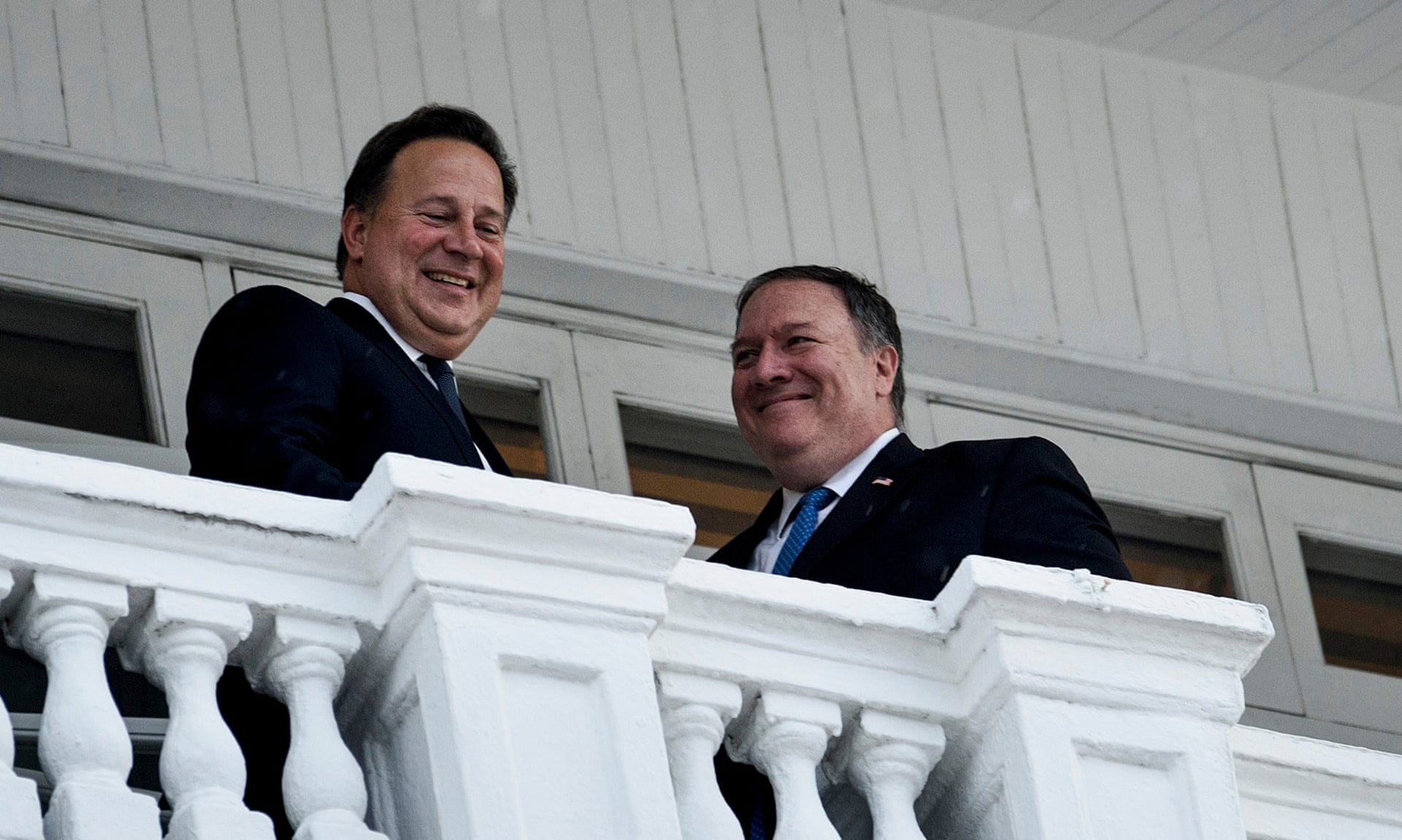The continent can save NATO—but only if it takes Washington’s side in its growing struggle with Beijing.BY STEPHEN M. WALT

Xi Jinping speaks with German Chancellor Angela Merkel at the G-20 summit in Hangzhou, China, on Sept. 4, 2016.
If NATO were a listed stock, would now be a good time to short it?
According to the
New York Times, U.S. President
Donald Trump has
told his aides repeatedly that he would like to withdraw the United States from the alliance.
The U.S. foreign-policy establishment promptly got the vapors at this news, with former Undersecretary of Defense Michèle Flournoy declaring that such a step “would destroy 70-plus years of painstaking work across multiple administrations, Republican and Democratic, to create perhaps the most powerful and advantageous alliance in history.”
Even though NATO’s original rationale evaporated when the Soviet Union imploded, it continues to be the most sacred of cows inside America’s policy elite.
But Trump isn’t the real problem, even though his vulgar, vain, erratic, and needlessly offensive behavior has made a difficult situation worse and to no apparent benefit.
Rather, the real problem began as soon as the Soviet Union collapsed because it removed the principle rationale for a deep U.S. commitment to European security.
Remember, an alliance such as NATO isn’t a country club whose members just like to hang out together, eat nice meals at annual summits, and talk about world affairs.
At its core, NATO is a formal commitment to send one’s citizens to fight and possibly die to defend other members of the alliance.
Such a pledge should be offered and maintained only when doing so is vital to one’s own security.
So forget all the pious rhetoric about “shared values,” a “rules-based order,” and a “trans-Atlantic community”—because that is mostly just window dressing.
The real reason the United States got deeply involved in European security in the past is because it thought it was in the country’s interest to prevent any single state from dominating Europe and controlling its abundant industrial might.
The United States entered World War I and II in good part to prevent Germany from achieving that goal because U.S. leaders feared that such a state might be more powerful than America and might try to interfere in the Western Hemisphere in ways they would find inconvenient or dangerous.
The same logic explains why the United States helped form NATO in 1949 and kept several hundred thousand U.S. troops in Europe for much of the Cold War.
The aim was to prevent the Soviet Union from conquering Europe, absorbing its economic and military potential, and using this enhanced capacity against the United States.
Doing most of the heavy lifting to protect Europe was not an act of philanthropy on America’s part because containing Soviet expansion was very much in its self-interest.
The core strategic challenge facing NATO today is structural: There is no potential hegemon in Europe today, and none is likely to emerge anytime soon.
In other words, there is no country that has the combination of population, economic might, and military power that would allow it to take over and govern the continent and mobilize all that potential power.
Germany’s population is too small (and is declining and aging), and its armed forces are much too weak.
Russia is not the wreck it was in the 1990s, but it is still a pale shadow of the former Soviet Union, and its long-term economic prospects are not bright.
Moreover, Russia’s population is currently about 140 million (and is projected to decline as well), while NATO’s European members have a combined population in excess of 500 million.
NATO Europe has a combined GDP exceeding $15 trillion; Russia’s is less than $2 trillion.
To put it differently, Russia’s economy is smaller than Italy’s.
And don’t forget that NATO’s European members spend three to four times more than Russia does on defense every year.
They don’t spend it very effectively, of course, but the idea that Europe lacks the wherewithal to defend itself against Russia simply does not stand up to close scrutiny.
Need I also mention that France and the United Kingdom also have nuclear weapons?
Given all that, it is far from obvious why the United States cannot gradually turn the defense of Europe back over to the Europeans.
Faced with such awkward realities, NATO’s die-hard defenders point out that America’s NATO allies have demonstrated their value by fighting with the United States in places like Afghanistan.
There is no question that they have sacrificed money and lives in this joint effort, and Americans should be grateful for their contributions.
But allied support was never essential: The United States did most of the heavy lifting and could have fought the entire war on its own had it wished. (It is worth remembering that the George W. Bush administration declined European offers to help during the initial toppling of the Taliban because it understood that working with its NATO partners would have impeded the U.S. operation.)
By contrast, none of America’s NATO allies can presently undertake any serious military action without significant support from Uncle Sam.
For this reason, NATO today is more protectorate than partnership, which is why Trump keeps asking whether being in the alliance is still in America’s interest.
And he’s hardly the first U.S. leader to issue forceful complaints about Europe’s unwillingness to take greater responsibility for its own defense.
In 2011, former Defense Secretary
Robert Gates predicted that NATO would face a “dim if not dismal future” if its European members didn’t do more, warning that
“there will be dwindling appetite and patience in the U.S. Congress — and in the American body politic writ large — to expend increasingly precious funds on behalf of nations that are apparently unwilling … to be serious and capable partners in their own defense.”
Barack Obama voiced similar concerns in June 2014, even as he sought to rebalance U.S. forces to Asia.
No wonder Europeans are genuinely worried that the United States might leave.
U.S. leaders have flirted with this idea in the past (as in the
Mansfield Amendment of 1971), but threats to withdraw were never very credible so long as the Cold War continued.
They are today, however, and the Europeans know it.
Meanwhile, China’s rise continues to draw U.S. attention away from Europe and toward Asia, and there is no reason to think that this trend will stop.
China is likely to be a more formidable rival than the Soviet Union ever was, so one suspects that America’s willingness to commit substantial resources to Europe’s defense will continue to decline.
There is one final rationale for a continued U.S. commitment to Europe, however, although both Americans and Europeans are often reluctant to acknowledge it openly.
As
Josef Joffe noted in
Foreign Policy some years ago, the U.S. presence in NATO has long served as Europe’s “pacifier.”
As long as the United States was fully engaged in Europe and central to NATO, rivalries inside the alliance were muted, and there was little danger that they might turn into full-fledged security competition.
If the United States were to withdraw, however, European foreign policies might gradually renationalize, opening the door to renewed suspicion, arms races, and possibly even war at some point in a more distant future.
Such views run counter to claims that a half-century of peace and the creation of the European Union have transcended old-style national rivalries, created a new European identity, and rendered war in Europe unthinkable.
But given political trends in Europe today—and in particular, the re-emergence of powerful nationalist sentiments in several countries—such optimism seems much less reassuring.
From a European perspective, therefore, keeping the United States in would provide a residual guarantee against the re-emergence of major-power competition among EU member states and a bit more reassurance against a resurgent Russia, at least in the short to medium term.
Put all these factors together, and one can see the vague outline of a new trans-Atlantic bargain. Looking ahead, the United States is going to focus primarily on China.
Washington will want Europe to take charge of its own defense so that the United States can devote more resources to Asia, but it will also want to make sure that Europe’s economic dealings with China do not help Beijing compete more effectively with the United States.
In particular, the United States will want Europe to deny China access to sophisticated technologies with military applications and equipment (such as the diesel-electric engines that currently propel some Chinese submarines) that could be used by the Chinese armed forces.
For their part, NATO’s European members will want the United States to remain part of the alliance (and in an ideal world, to stop doing dumb things such as abandoning the Iran nuclear deal or the Paris climate accord).
Presto—there’s your new trans-Atlantic bargain.
The United States agrees to remain a formal member of NATO, though its overall military contribution will gradually decline and a European commander will eventually assume the role of supreme allied commander in Europe.
In exchange, NATO’s European members agree to restrict Chinese access to advanced technology and to refrain from selling them goods that might have direct military applications.
In short, it means recreating something akin to the old
CoCom system that
limited technology transfers to the Soviet Union.
I’m by no means convinced this idea would work and not even sure it would be desirable.
The Cold War CoCom system was a source of
considerable trans-Atlantic friction, and the new bargain would require convincing NATO’s European members to forgo some lucrative economic opportunities.
For these and other reasons, I’ve
previously maintained that
NATO’s European members would be reluctant to help the United States balance against China and that this issue would eventually become a further source of rancor between the United States and its European partners.
After all, China is a long way from Europe, and Sino-American competition will mostly play out in Asia, where Europe has little reason to get involved.
But I’m not so sure about that anymore.
European concerns about Chinese ambitions have
grown in recent years, as have their fears about a total U.S. withdrawal.
And if the United States is really serious about limiting China’s power, having Europe on board—at least in the economic realm—would obviously be desirable.
So this arrangement might provide NATO with a strategic rationale it has lacked since 1992 and keep the trans-Atlantic partnership going for a bit longer.
Heck, it might even be enough to convince Trump to stop bad-mouthing NATO every chance he gets. But I wouldn’t bet the farm on that either.
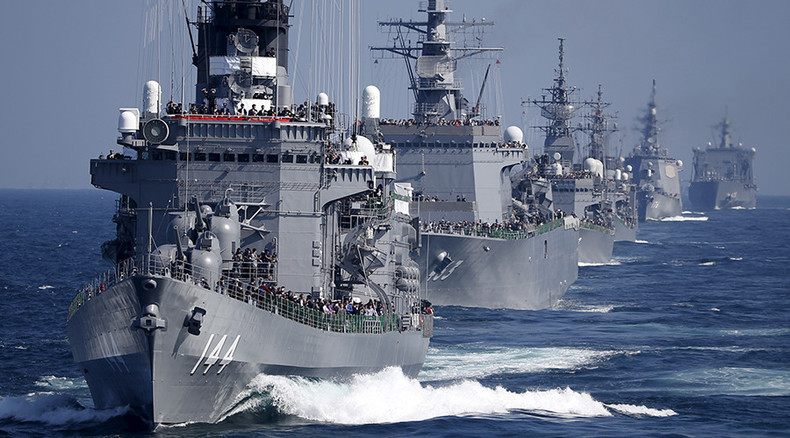

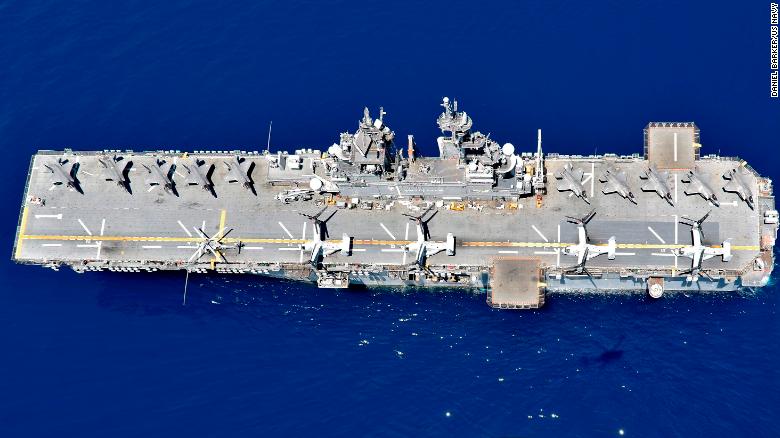
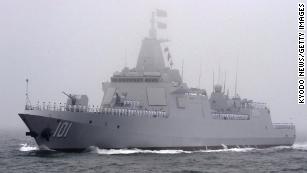
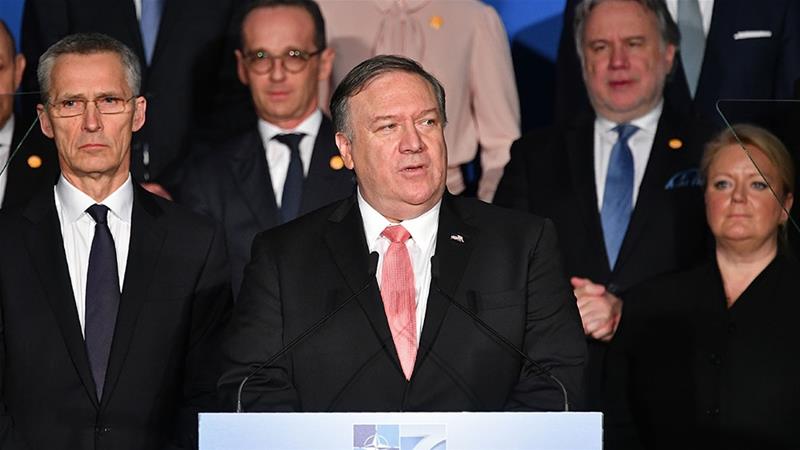 US Secretary of State Mike Pompeo speaks during a reception celebrating NATO''s 70 anniversary at the Andrew W Mellon Auditorium in Washington.
US Secretary of State Mike Pompeo speaks during a reception celebrating NATO''s 70 anniversary at the Andrew W Mellon Auditorium in Washington.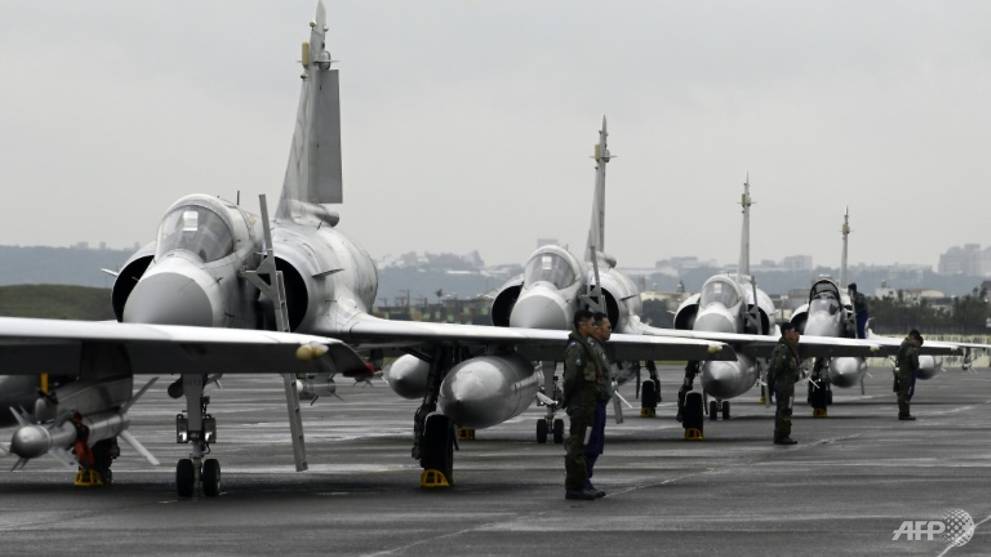
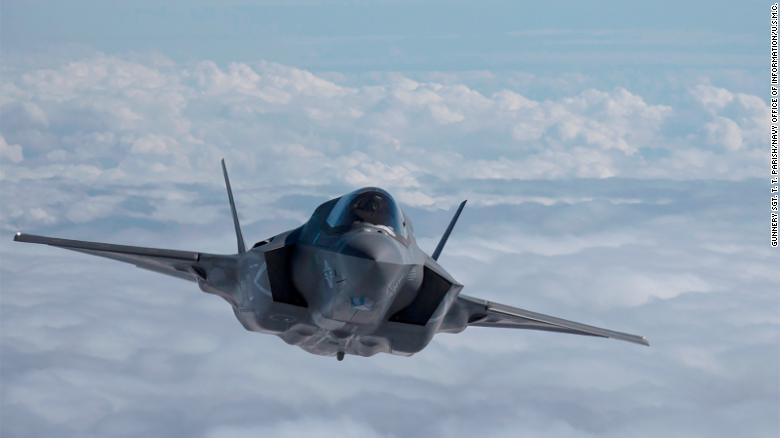
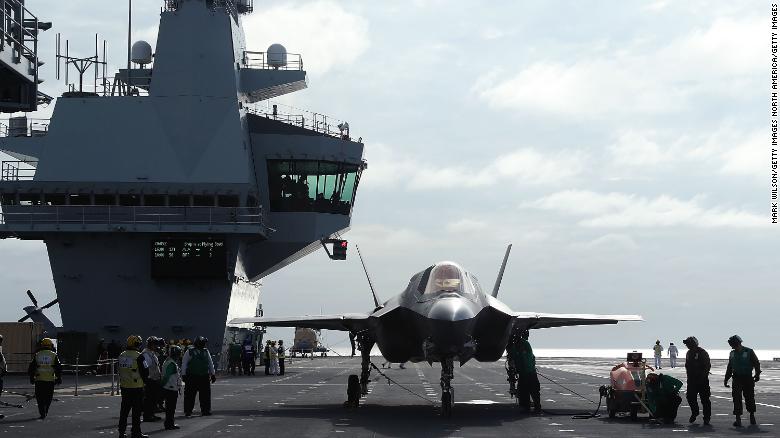
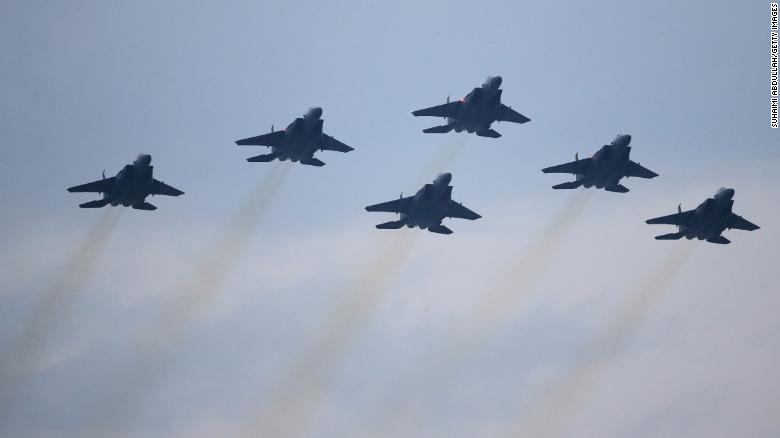
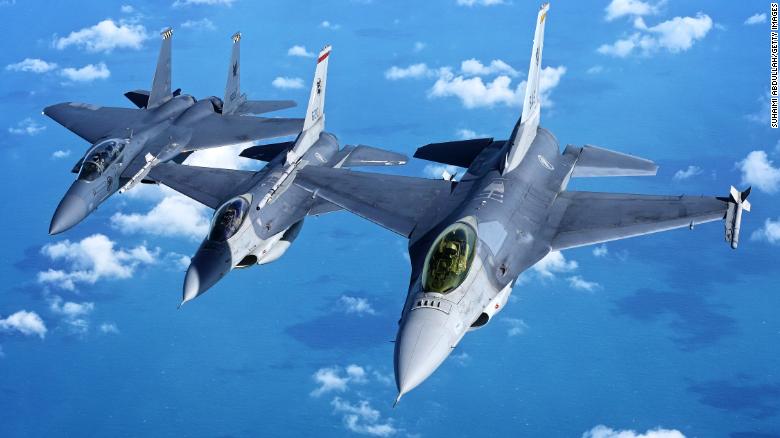
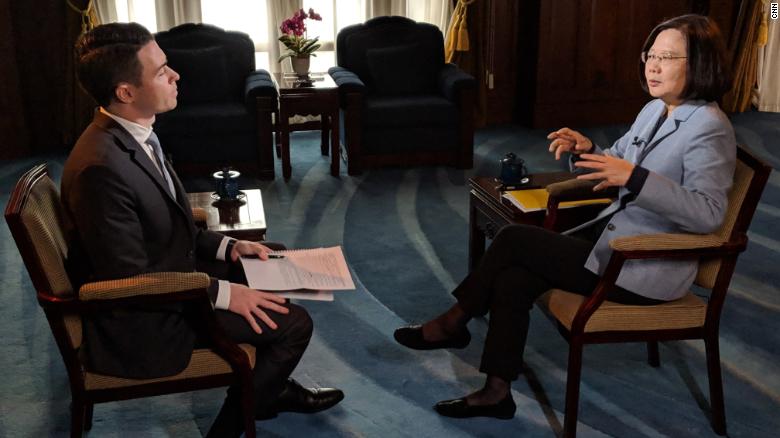
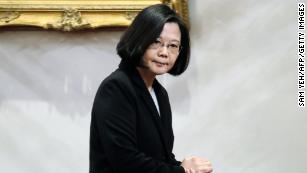
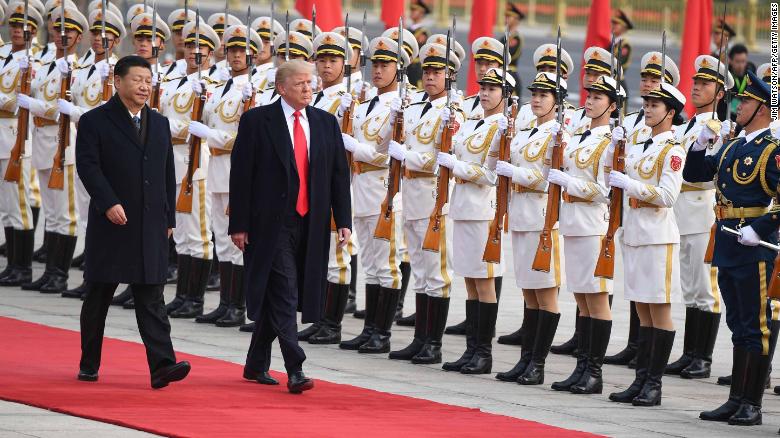

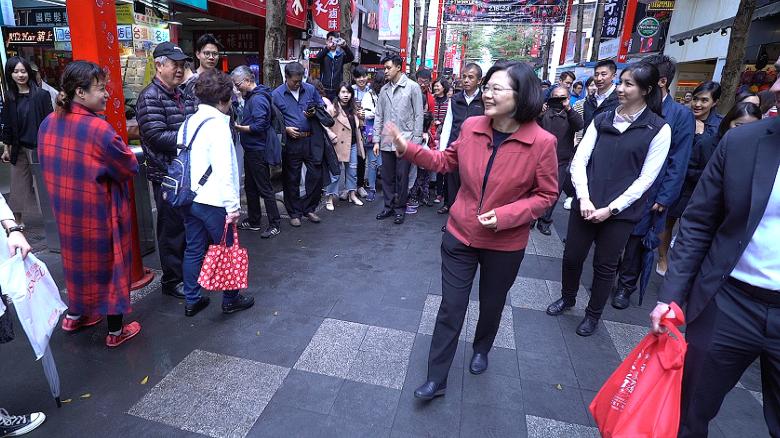
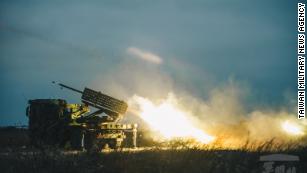

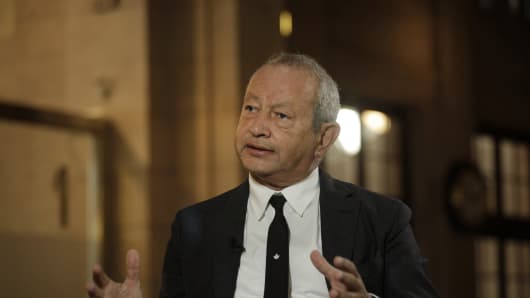




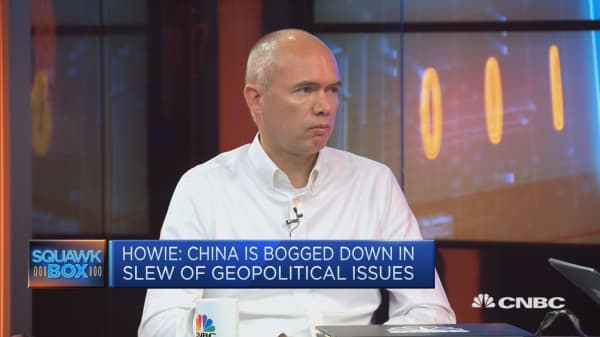
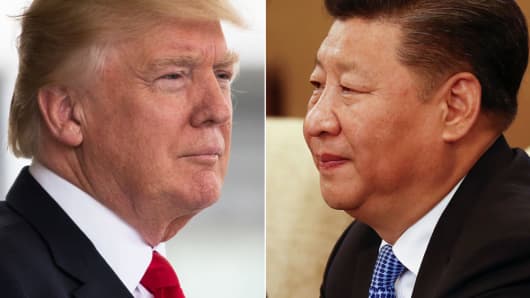

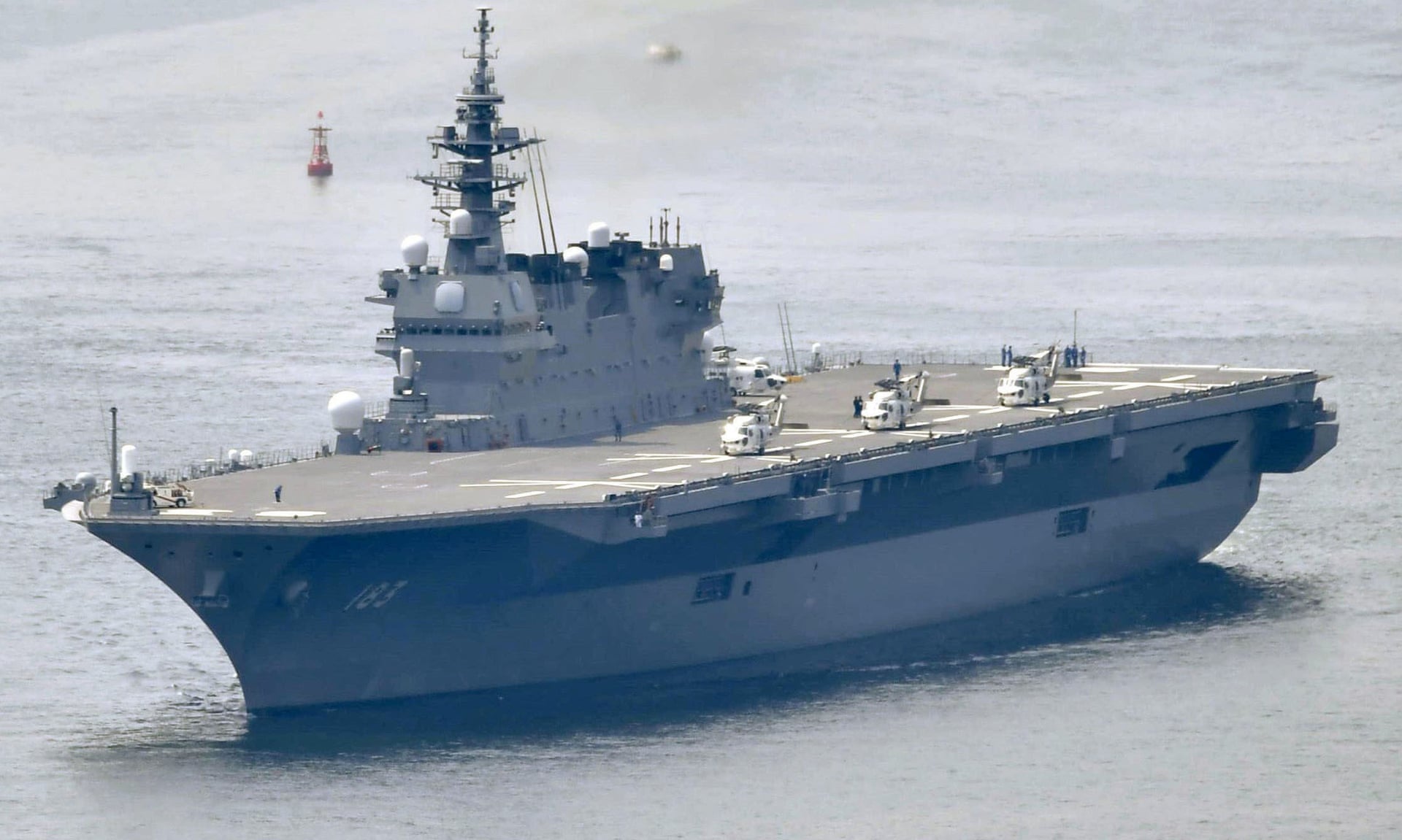
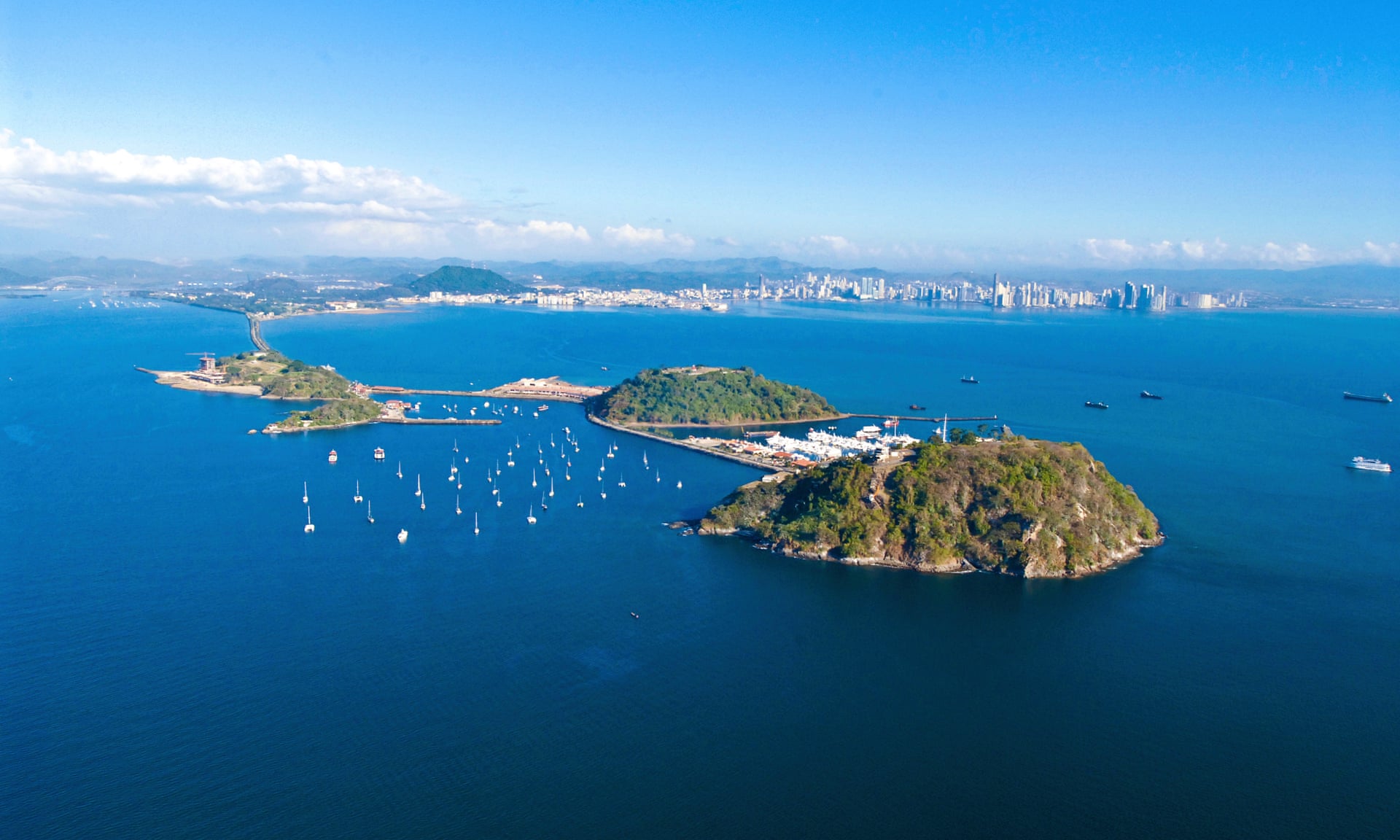 Jutting four kilometres into the Pacific, the Amador causeway islands separate the concrete and glass skyline of Panama City from the entrance to the Panama Canal.
Jutting four kilometres into the Pacific, the Amador causeway islands separate the concrete and glass skyline of Panama City from the entrance to the Panama Canal. 